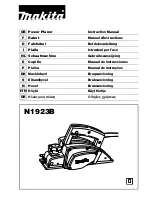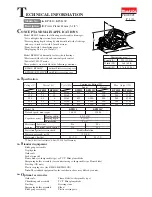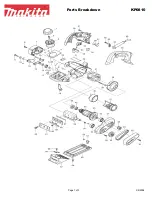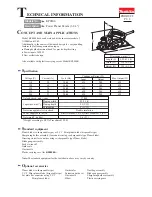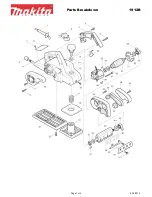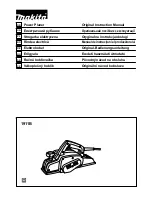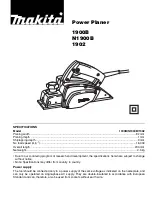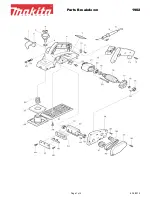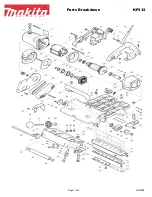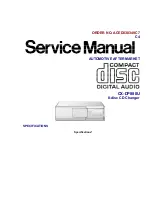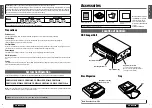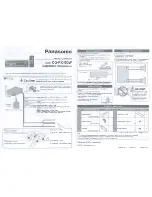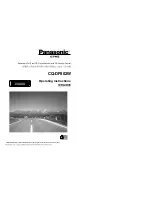
8
For shiplapping (Fig. 6)
The blade edge should be made to protrude outside slightly (0.3 mm – 0.6 mm). Otherwise, nicks and generally poor
shiplapping results.
CAUTION:
Tighten the blade installation bolts carefully when attaching the blades to the tool. A loose installation bolt can be dan-
gerous. Always check to see they are tightened securely.
For the correct planer blade setting
Your planing surface will end up rough and uneven, unless the blade is set properly and securely. The blade must be
mounted so that the cutting edge is absolutely level, that is, parallel to the surface of the rear base. Below are some
examples of proper and improper settings.
Adjusting depth of cut (Fig. 7)
Depth of cut may be adjusted by simply turning the knob
on the front of the tool.
Switch action
CAUTION:
Before plugging in the tool, always check to see that the
switch trigger actuates properly and returns to the “OFF”
position when released.
For tool without lock button and lock-off button
(Fig. 8)
To start the tool, simply pull the switch trigger. Release
the switch trigger to stop.
For tool with lock button (Fig. 9)
To start the tool, simply pull the switch trigger. Release
the switch trigger to stop. For continuous operation, pull
the switch trigger and then push in the lock button. To
stop the tool from the locked position, pull the switch trig-
ger fully, then release it.
For tool with lock-off button (Fig. 9)
To prevent the switch trigger from being accidentally
pulled, a lock-off button is provided. To start the tool,
press the lock-off button and pull the switch trigger.
Release the switch trigger to stop.
Planing operation (Fig. 10)
First, rest the tool front base flat upon the workpiece sur-
face without the blades making any contact. Switch on
and wait until the blades attain full speed. Then move the
tool gently forward. Apply pressure on the front of tool at
the start of planing, and at the back at the end of planing.
Planing will be easier if you incline the workpiece in sta-
tionary fashion, so that you can plane somewhat down-
hill. The speed and depth of cut determine the kind of
finish. The power planer keeps cutting at a speed that will
not result in jamming by chips. For rough cutting, the
depth of cut can be increased, while for a good finish you
should reduce the depth of cut and advance the tool
more slowly.
Shiplapping (Fig. 11, 12, 13 & 14)
To make a stepped cut as shown in
Fig. 11
, use the edge
fence (optional accessory).
Draw a cutting line on the workpiece. Insert the edge
fence into the hole in the front of the tool. Align the blade
edge with the cutting line.
Adjust the edge fence until it comes in contact with the
side of the workpiece, then secure it by tightening the
screw.
You may wish to add to the length of the fence by attach-
ing an extra piece of wood. Convenient holes are pro-
vided in the fence for this purpose.
(A) Front base (Movable shoe)
(B) Rear base (Stationary shoe)
Correct setting
Nicks in surface
Gouging at start
Gouging at end
Although this side view cannot show it,
the edges of the blades run perfectly par-
allel to the rear base surface.
Cause: One or both blades fails to have
edge parallel to rear base line.
Cause: One or both blade edges fails to
protrude enough in relation to
rear base line.
Cause: One or both blade edges
protrudes too far in relation to
rear base line.













